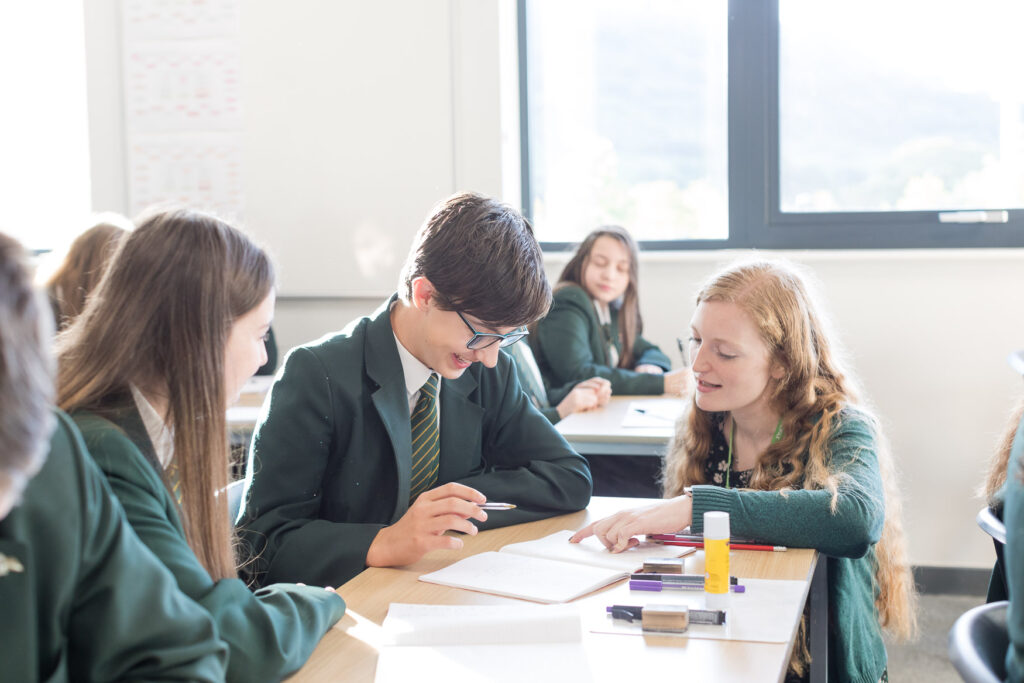The Alhambra Palace is a UNESCO World Heritage Site built in the 14th Century by Moors. Like the Mosque in Cordoba and the Alcazar in Seville, the Palace is decorated with amazing geometrical tiling. These patterns may be seen as symbolizing the Islamic principles of ‘Tawhid’ (the unity of all things) and ‘Mizan’ (order and balance), which are the laws of creation in Islam. Supposedly, there are deliberate errors in the patterns at the Alhambra as ‘only Allah is capable of perfection.’
The Alhambra has had some key visitors. The first to mention it is Christopher Columbus who came to request funds in 1492 from Ferdinand and Isabella, whose army had recently captured the Fort, for his voyage to discover the New World. Next to mention it is the author and diplomat Washington Irving who later became U.S Ambassador to Spain. Following a stay at the site, he wrote a book in 1829 outlining the history and legends of the Alhambra. This book did much to create interest people in the place. One such person, about a hundred years later, was the famous M. C. Escher, 1898-1972, (see my article about him on this site), and his visit helped steer his art from the pictorial into geometrical design.
It has been claimed for some time that the Alhambra Palace has examples of all the 17 tesselation (or wallpaper) patterns that exist. That there are 17 patterns was first proved by Evgraf Fedorov in 1891 and subsequently by George Polya in 1924. Escher went on to study Polya’s work on this. In 1986 Branko Grunbaum visited to determine whether the Alhambra did indeed contain all possible patterns. He concluded that only 13 were present (see his article “Symmetry in Moorish and other ornaments”, written with Zdenka Grunbaum and G. C. Shephard). On a more personal note, in 1992 I organised for the Maths Department of Parliament Hill School in London to visit. This led to the creation of some resources which are available from the SMILE materials on the National STEM Centre website.
Finally, not all visits have been mathematics related. In 1995, I went with my wife there on our honeymoon and this year, we revisited for our 20th anniversary. It is as inspiring as ever!





